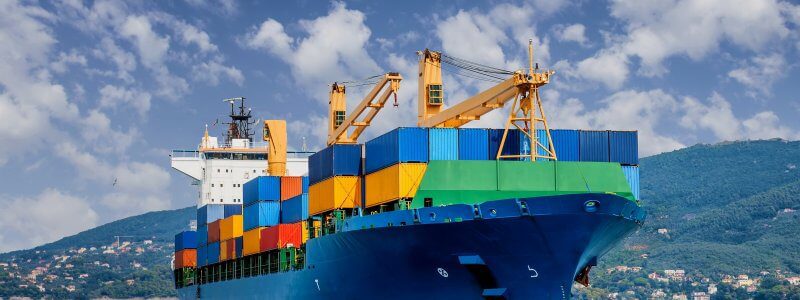
Ukraine should focus on Turkish and Belarusian transit sea cargo flows to implement a cargo flow growth strategy, Head of the Ukrainian Sea Port Authority Raivis Veckagans has said.
“If we compare a dynamics with ports in the world, then the volumes rarely grow in double digits. There are very few such regions. Even if we look at the powerful port countries, then we see that these figures are ambiguous and insignificant. The growth of the freight flow is good anyway, and the double-digit figure can be with a breakthrough in the development of the economy or in a crisis, with a stable pace of growth of less than 10%,” he told Interfax-Ukraine, explaining the insignificant increase in port transshipment in the country.
Veckagans said that the change in cargo flow towards the decline was due to the crisis, the loss of Russian transit and the Crimean ports, but the figure of last year with an increase of 1% is not bad.
“I think that investment projects will contribute to the development in this direction. Of course, the lion’s share is related to the country’s commodity flow, but we can implement these projects. We can work for the development and maintenance of inland waterways. We see that these are related freight flows, and if flows on inland waterways increase, this will boost the volumes in seaports. We should be aimed at Turkish, Belarusian transit flows for the implementation of the cargo flow growth strategy,” Veckagans said.
Commenting on state-owned stevedores and their efficiency, he said that if in 2015 the volume of transshipment of state-owned stevedores amounted to 489 million tonnes, then in 2017 it was 34.7 million tonnes. Last year’s decline was 12%.
“They simply cannot bear competition. I believe that the Ministry of Infrastructure and the government should support privatization and concession of state-owned stevedores so that it is possible to attract additional investment, new technologies to increase freight flows,” he said.